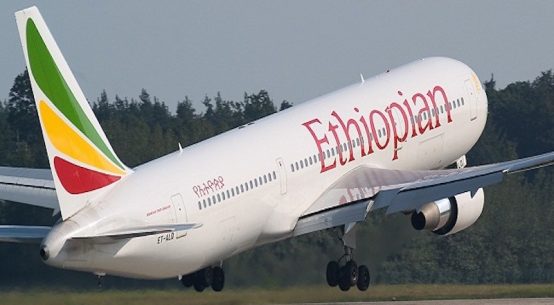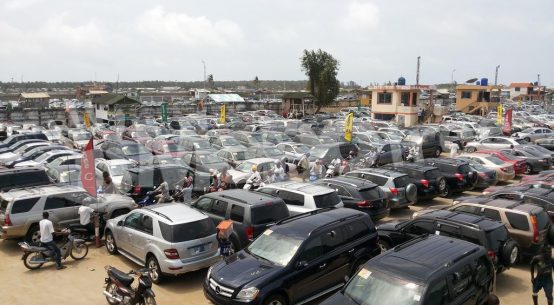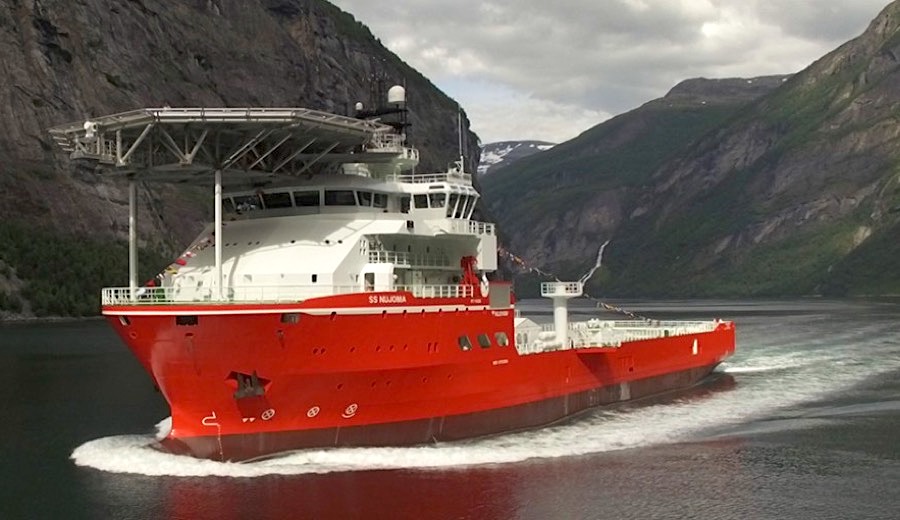
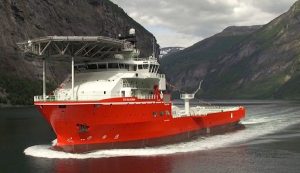
Mining giant De Beers has launched a state-of-art £122m exploration ship that will scan for diamonds on the seabed off the coast of Namibia. The mv SS Nujoma is equipped with sonar technology and a drilling device that can probe the ocean floor and take samples more quickly and efficiently than previous vessels. It looks to maintain high production levels until 2035.
Mining is the biggest contributor to Namibia’s economy in terms of revenue. The mining industry is regulated by the Diamond Act, 1999.
In 2006, the Government confirmed a royalty schedule that originally had been introduced in 2004. A 3% royalty was levied on the market value of base, precious, and rare metals and nonnuclear mineral fuels. A 2% royalty was levied on industrial minerals and nuclear mineral fuels.
Bruce Cleaver, De Beers’ chief executive, said the Nujoma was a “huge step forward” for the miner’s six-strong fleet in Namibia.
The 12,000-tonne, 113-metre-long SS Nujoma was built at a cost of $157 million and is named after Sam Nujoma, Namibia’s founding president.
“I am very, very confident this (vessel) will allow us to continue to extract 1.2 million carats a year,” De Beers CEO Bruce Cleaver told Reuters by telephone.
He said he was “cautiously optimistic” about diamond sales in 2017 and in terms of value there have been “some small positive movements” but it was too early to declare a trend.
Anglo American and De Beers rely heavily on diamonds. They are central to its portfolio of assets as they tend to hold value when bulk commodities fall in price.
Diamonds are also important to Namibia as they generate 20 percent of its foreign export earnings. Namibia receives 80 cents of every Namibian dollar generated by Debmarine Namibia, its 50:50 joint venture with De Beers.
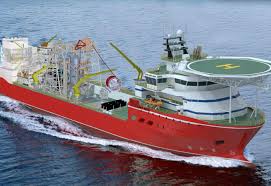 Marine diamonds are particularly prized. They are generally more valuable than land-based stones because lower quality gems are washed away by waves.
Marine diamonds are particularly prized. They are generally more valuable than land-based stones because lower quality gems are washed away by waves.
Debmarine Namibia produced 1.2 million carats of diamonds in 2016, a level De Beers says it can maintain until 2035 when its license expires on a 6,000 square km area.
The SS Nujoma is the sixth diamond exploration vessel to join Debmarine Namibia’s fleet. It can hunt for diamonds at more than double the speed of its predecessor, De Beers said.
De Beers has a budget for land-based exploration of about $35 million to explore in Canada, Botswana and South Africa.
OUTLOOK
The long tradition of mining in Namibia has been renewed with the reopening of the Tsumeb-area copper mines and smelter, the opening of the Skorpion zinc project, the expansion of the fluorspar and the gold mines, and continued offshore diamond development of the past few years.
Extensive exploration in Namibia for base metals, diamond, gold, natural gas, and uranium has been attributed, in part, to the rise in world commodity prices. Potentially new mine development and new value-added gemstone cutting and polishing, metal-processing, and other mineral-based manufacturing industries could maintain the mineral sector’s position as a significant segment of the economy of Namibia for the foreseeable future.
With a climate that is among the driest in the world, the lack of water resources will continue to be a constraint on mineral development in Namibia, as will the availability of fuel and electric power.
New investment to develop the country’s natural gas resources and harness the hydroelectric power potential, and the recently proposed (2006) introduction of nuclear-powered electricity-generating plants, will influence the future economic growth of Namibia. The expansion of regional transportation infrastructure in northern Namibia could see the Port of Walvis Bay become an alternative route for mineral exports from southeastern Angola, Botswana, and Zambia




